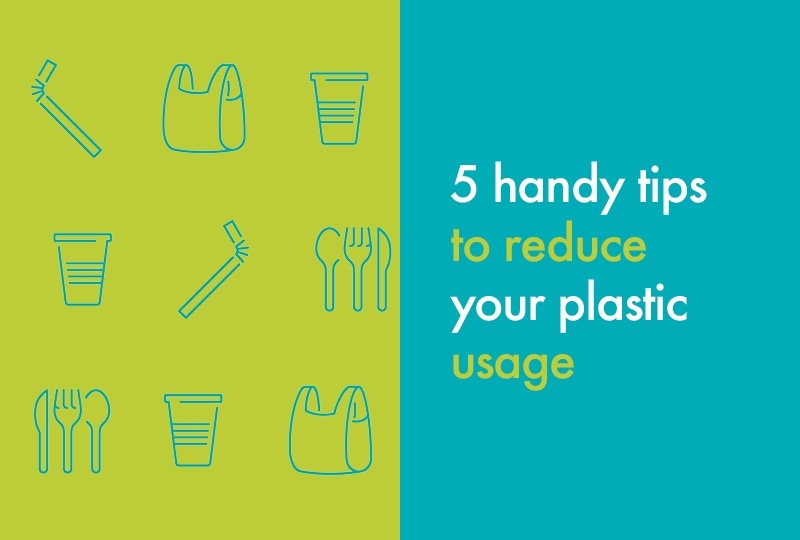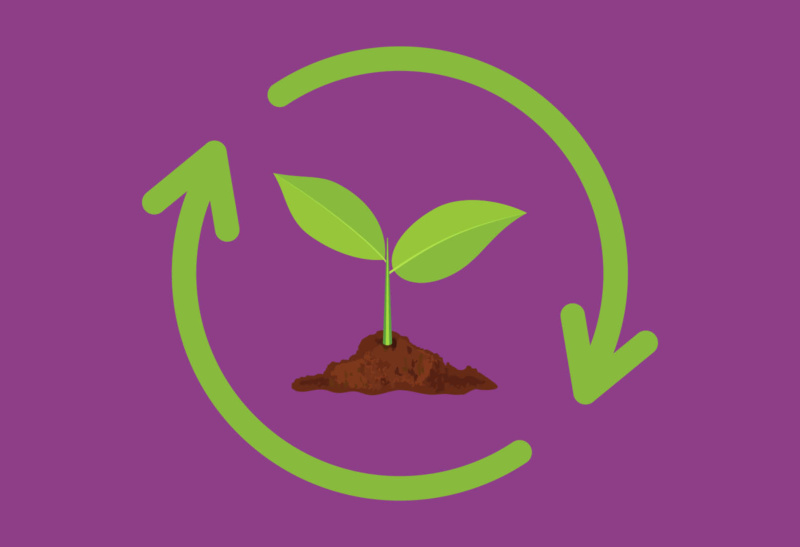The new tax means that any plastic packaging that doesn’t contain at least 30% recycled plastic, will incur a charge.
So if you’re a business that manufactures or imports plastic packaging into the UK, you will have to foot the £200 per tonne bill!
But it’s not all bad news – it’s hoped that the PPT will steer plastic waste away from landfills and incineration, and help increase the market for recycled plastics, as businesses will be encouraged to use more recyclable materials in their packaging. A positive step when you consider that the UK generates over two million metric tonnes of plastic packaging waste a year!1 It’s time to start making a difference.
Sustainability is woven into everything we do at Bidfood, and as a business that deals with plastic, we felt it important to take steps to reduce the amount we use and sell to our customers.
Here are 5 simple tips to help you in reducing your plastic usage:
1. Bye, bye single-use plastics
Eliminate all your unnecessary single-use plastics. The 1st of June 2022 saw the introduction of the single-use plastics ban in Scotland, and the rest of the UK will soon follow suit. Get a head start and stop using those pesky single-use plastic products. They just end up polluting our oceans and could even end up in the stomachs of marine life, as well as adding to the mountains of non-biodegradable landfill.
2. Make a pact
Join a plastics pact or make your own plastics pact and publish it! If your customers know you’re tackling your plastic usage, they will probably join you in the journey. Before they even buy food or drink, 30% of 18-34-year-olds will often check whether the packaging it comes in is recyclable or sustainable.2
3. Demand sustainable options
Communicate with your suppliers and ask for options with more sustainable features. But remember, not every size fits all! You’ll need a portfolio of solutions in place to help transition your business down a more sustainable path. Options include refillables, reusable plastics or even redesigning your products. For example, paper based rather than plastic based. Remember, paper and wood still have environmental impacts and a carbon footprint, so refillables are a great option.
4. Join the circular economy
A shift to a circular plastics economy can reduce the negative impact of plastic waste and provide economic and societal benefits. With this in mind, your business can consider its plastic waste as a resource and look for ways to reuse it internally or as a raw material for other sectors. A circular model is always the best option, where resources remain in use for as long as possible.
5. Waste streams
And finally, look for ways to improve your recycling by talking to your waste stream providers, and understanding the options you have. It really is worth it, as 33% of adults will look for the correct waste stream to place their packaging in.3
For more details about the Plastic Packaging Tax, advice and support, please visit: https://www.bidfood.co.uk/plastic-packaging-tax/
1 https://commonslibrary.parliament.uk/research-briefings/cbp-8515
2 Bidfood and CGA, Bespoke Consumer Survey, December 2021
3 Bidfood and CGA, Bespoke Consumer Survey, December 2021



